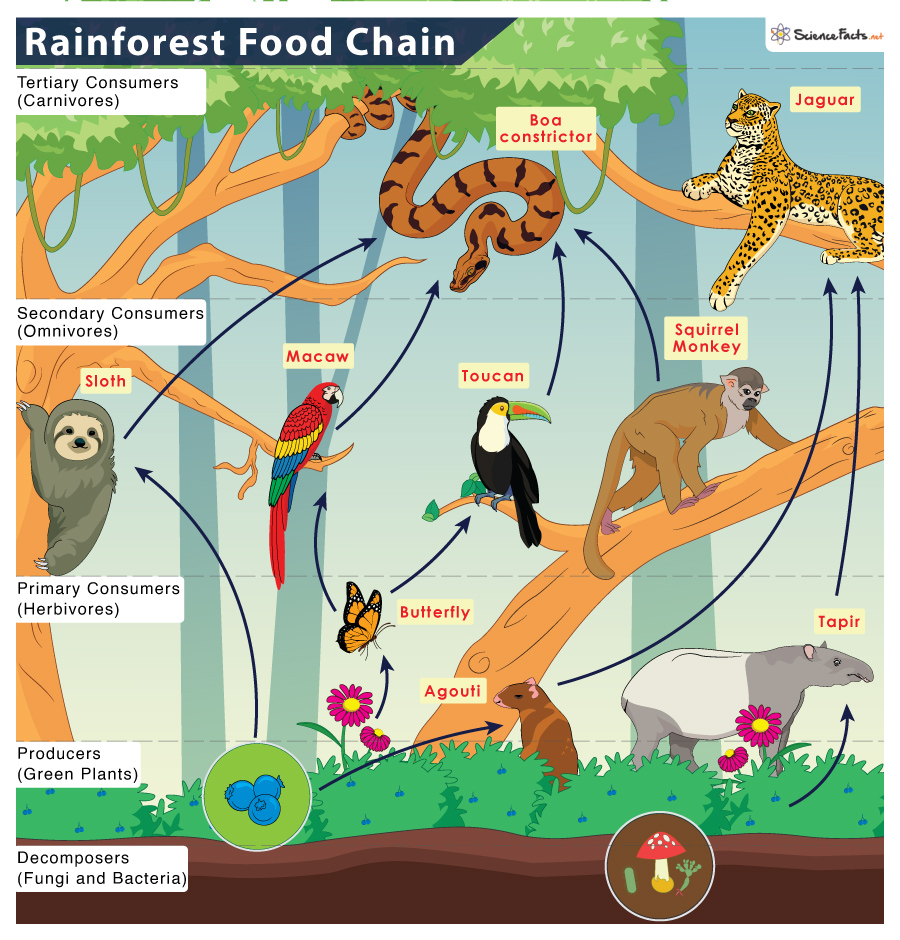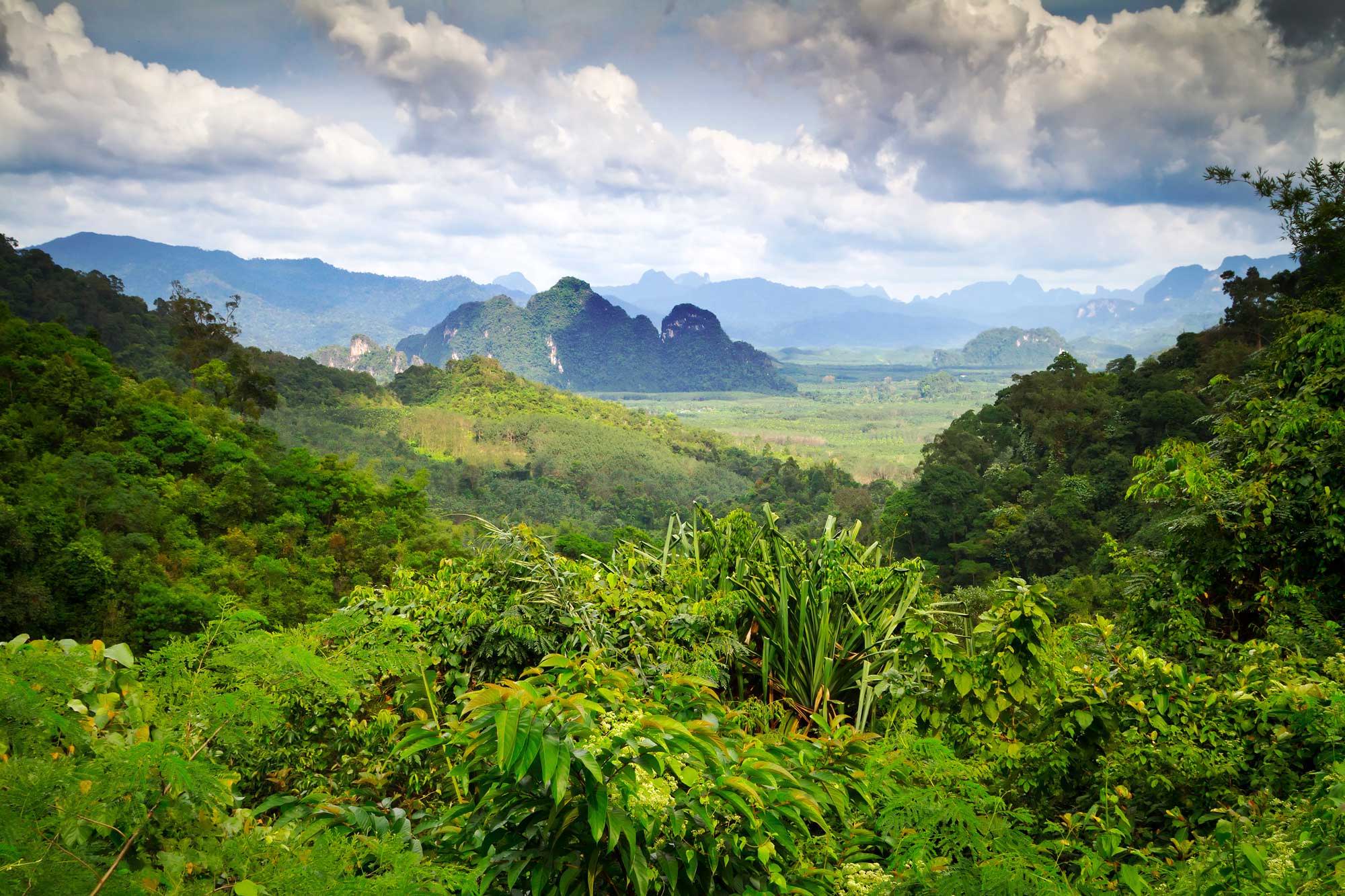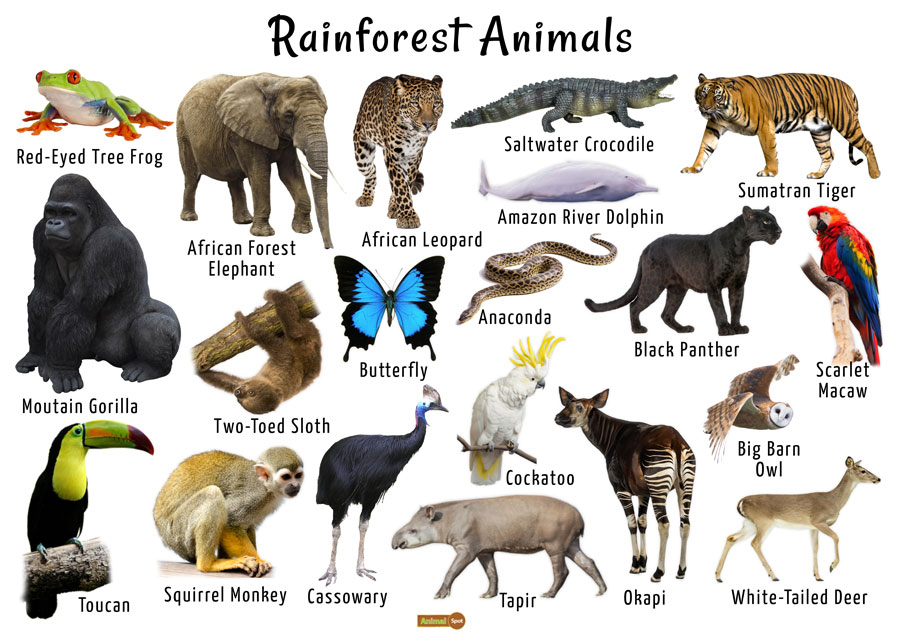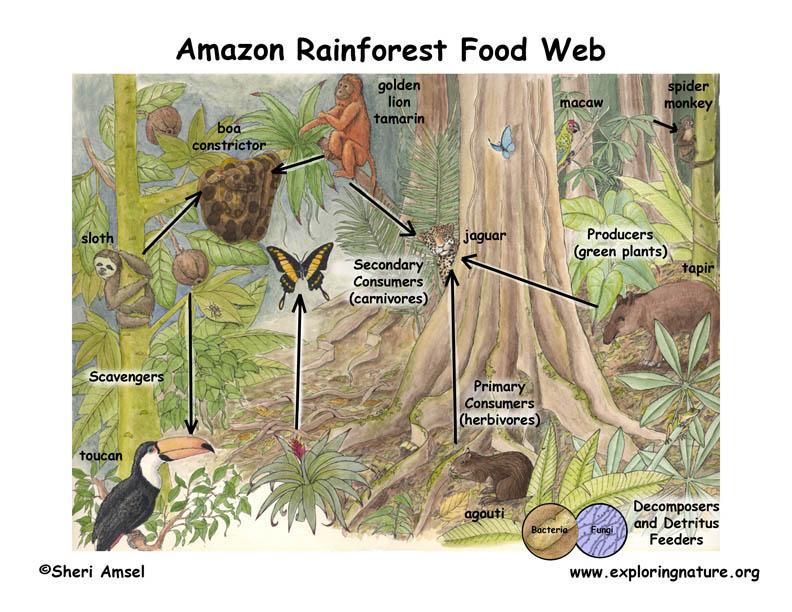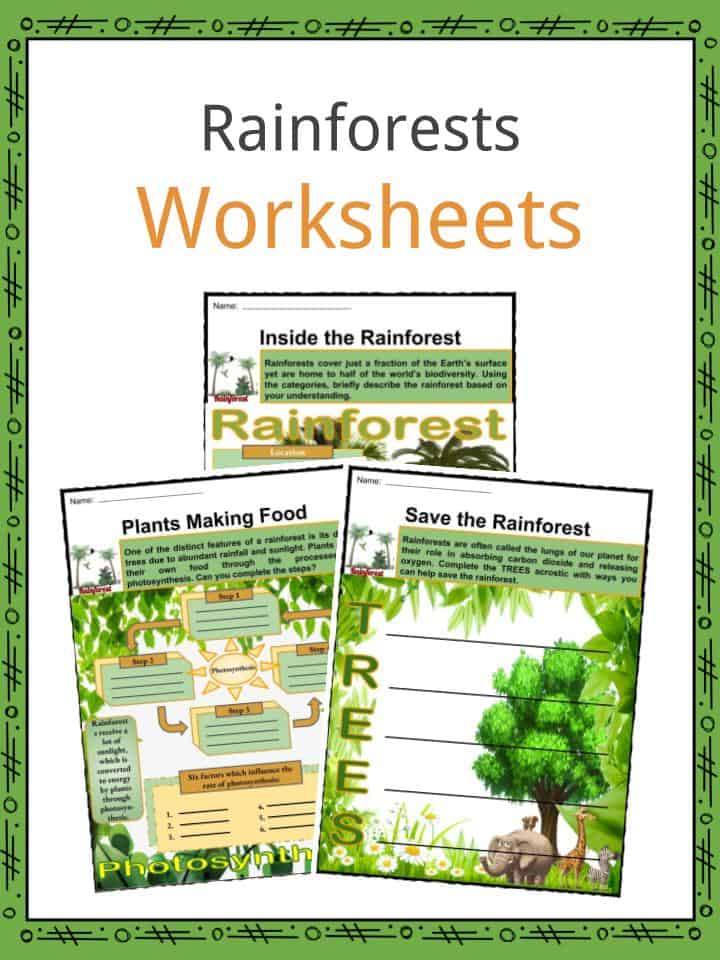Topic ecosystem terrestrial: Discover the diverse and vibrant world of terrestrial ecosystems, where life thrives in harmony with nature"s intricate balance.
Table of Content
- What are examples of terrestrial ecosystems found on land?
- Types of Terrestrial Ecosystems
- Key Characteristics of Terrestrial Ecosystems
- Role of Climate in Shaping Terrestrial Ecosystems
- Biodiversity within Terrestrial Ecosystems
- Human Impact on Terrestrial Ecosystems
- Conservation Strategies for Terrestrial Ecosystems
- YOUTUBE: Terrestrial Biomes and Ecosystems | Biology
- The Carbon Cycle in Terrestrial Ecosystems
- Soil Composition and Health in Terrestrial Ecosystems
- Challenges Facing Terrestrial Ecosystems
- Future of Terrestrial Ecosystems in Climate Change
What are examples of terrestrial ecosystems found on land?
The examples of terrestrial ecosystems found on land are:
- Tundra
- Taiga
- Temperate deciduous forest
- Tropical rainforest
- Grassland
- Desert
- Savanna
- Mediterranean woodland and scrub
- Alpine
READ MORE:
Types of Terrestrial Ecosystems
Terrestrial ecosystems, the lifeblood of our planet, vary widely across the globe, each supporting unique forms of life and biodiversity. These ecosystems are primarily classified based on climate, vegetation, and geographic features. Understanding these types provides insights into the complex interactions within our environment.
- Forests: Ranging from the dense rainforests of the Amazon to the mixed forests of temperate zones, forests are critical for carbon storage, oxygen production, and biodiversity.
- Grasslands: Including savannas and prairies, grasslands are known for their vast open spaces, dominated by grasses and herbs, supporting large herbivores and predators.
- Deserts: Characterized by low precipitation, deserts can be hot or cold, but both types support a unique set of plants and animals adapted to arid conditions.
- Tundra: Found in the polar regions and atop high mountains, tundra ecosystems are marked by cold temperatures, a short growing season, and minimal vegetation.
- Mountains: Spanning a range of climates, mountain ecosystems offer a gradient from forests at lower elevations to grasslands and tundra at higher altitudes.
Each type of terrestrial ecosystem plays a crucial role in our planet"s health, supporting a diversity of life and providing essential services like air and water purification, climate regulation, and soil conservation.

Key Characteristics of Terrestrial Ecosystems
Terrestrial ecosystems are defined by distinct features that sustain life and maintain ecological balance on land. These characteristics shape the biodiversity, climate, and physical landscape of these ecosystems, influencing both plant and animal life.
- Climate: The climate, including temperature and precipitation patterns, dictates the types of vegetation and animal species that can thrive in a terrestrial ecosystem.
- Soil Type: Soil composition and quality affect nutrient availability, influencing plant growth and the types of vegetation that dominate an ecosystem.
- Biodiversity: Terrestrial ecosystems are home to a wide range of plant and animal species. Biodiversity is a key indicator of an ecosystem"s health and resilience.
- Altitude: Altitude impacts climate and vegetation types, creating diverse habitats as elevation increases or decreases.
- Human Impact: Human activities, such as agriculture, urbanization, and deforestation, significantly affect the characteristics and sustainability of terrestrial ecosystems.
- Ecological Processes: Processes such as photosynthesis, nutrient cycling, and decomposition are crucial for the maintenance and function of terrestrial ecosystems.
Understanding these key characteristics is essential for the conservation and sustainable management of terrestrial ecosystems, ensuring they continue to support life on Earth for generations to come.
Role of Climate in Shaping Terrestrial Ecosystems
Climate plays a pivotal role in determining the structure, function, and distribution of terrestrial ecosystems around the globe. Variations in temperature, precipitation, and seasonal patterns directly influence the types of vegetation and animal life that can exist in a particular area.
- Temperature and Precipitation: These are the most critical climate factors that define the boundaries of different terrestrial ecosystems, such as forests, deserts, and tundras.
- Seasonal Changes: Seasonal variations influence plant growth cycles, animal migration patterns, and reproductive activities within ecosystems.
- Microclimates: Local variations in climate can create microclimates that support unique communities of plants and animals, even within larger ecosystems.
- Climate Zones: The Earth is divided into climatic zones (tropical, temperate, and polar), each supporting distinct types of terrestrial ecosystems based on their specific climate conditions.
- Global Climate Change: Shifts in global climate patterns are altering the distribution, composition, and function of terrestrial ecosystems, highlighting the need for adaptive management and conservation strategies.
By understanding the role of climate in shaping terrestrial ecosystems, we can better anticipate changes and implement measures to protect these vital natural resources.

Biodiversity within Terrestrial Ecosystems
Biodiversity is the foundation of healthy and resilient terrestrial ecosystems, encompassing the variety of life forms, from plants and animals to fungi and microorganisms. This diversity plays a critical role in ecosystem functions such as nutrient cycling, pollination, and soil formation.
- Species Diversity: Terrestrial ecosystems are characterized by a wide range of plant and animal species, each contributing to the complexity and stability of the environment.
- Genetic Diversity: Within species, genetic diversity enhances the resilience of populations to environmental changes and threats such as diseases.
- Ecosystem Diversity: The variety of ecosystems, including forests, grasslands, deserts, and wetlands, each supports unique communities and interactions among organisms.
- Functional Diversity: Different species play specific roles, or niches, in ecosystems, contributing to the overall health and functioning of the environment.
- Threats to Biodiversity: Human activities, including habitat destruction, pollution, and climate change, pose significant threats to biodiversity within terrestrial ecosystems.
- Conservation Efforts: Protecting and restoring biodiversity is essential for maintaining ecosystem services that humans rely on, such as clean air, water, and fertile soil.
Preserving biodiversity within terrestrial ecosystems is crucial for sustaining life on Earth, providing ecological benefits and services vital for all organisms, including humans.
Human Impact on Terrestrial Ecosystems
Human activities have profound impacts on terrestrial ecosystems, affecting their health, biodiversity, and functionality. While some impacts can be beneficial, promoting conservation and sustainable use, many are detrimental, leading to habitat loss, pollution, and climate change.
- Deforestation: The removal of forests for agriculture, logging, and urban expansion reduces biodiversity, disrupts ecosystems, and contributes to climate change.
- Agriculture: Intensive farming practices can lead to soil degradation, water scarcity, and the loss of natural habitats.
- Urbanization: The expansion of cities and infrastructure fragments habitats and limits the space available for wildlife and natural vegetation.
- Pollution: Air, water, and soil pollution from industrial and agricultural activities harm plants, animals, and ecosystems as a whole.
- Climate Change: Human-induced climate change is altering temperatures and precipitation patterns, affecting the distribution and health of terrestrial ecosystems.
- Conservation Efforts: Efforts to protect and restore ecosystems, such as establishing protected areas and promoting sustainable land-use practices, are critical for mitigating human impacts.
Addressing the human impact on terrestrial ecosystems is essential for preserving biodiversity, ensuring ecosystem services, and supporting life on Earth.

Conservation Strategies for Terrestrial Ecosystems
Protecting terrestrial ecosystems is vital for maintaining biodiversity, ensuring ecosystem services, and supporting human well-being. Effective conservation strategies require a combination of local, regional, and global efforts tailored to specific ecosystem needs and threats.
- Protected Areas: Establishing national parks, reserves, and wildlife sanctuaries to protect habitats and species from human exploitation and development.
- Restoration Projects: Rehabilitating degraded ecosystems through reforestation, wetland restoration, and soil conservation to restore ecological balance and biodiversity.
- Sustainable Land Use: Promoting agricultural and forestry practices that minimize environmental impact, such as agroforestry, organic farming, and sustainable logging.
- Combating Climate Change: Implementing strategies to reduce greenhouse gas emissions and promote carbon sequestration through natural solutions like tree planting and soil management.
- Community Involvement: Engaging local communities in conservation efforts through education, participatory management, and sustainable livelihood initiatives.
- Legislation and Policy: Developing and enforcing environmental laws and policies that protect ecosystems, wildlife, and natural resources.
- International Cooperation: Collaborating across borders to address transboundary environmental issues and support global conservation efforts.
By implementing these strategies, we can safeguard terrestrial ecosystems for future generations, preserving the planet"s biodiversity and the essential services it provides.
Terrestrial Biomes and Ecosystems | Biology
Discover the mesmerizing beauty of biomes in this captivating video. From lush rainforests to vast deserts, embark on a breathtaking journey through the diverse landscapes that make up our planet\'s biomes.
What are Terrestrial Ecosystems? Characteristics and Types
Dive into the fascinating world of characteristics in this educational video. Explore the unique traits that define different species and uncover the intricate details that make them so wonderfully diverse.
The Carbon Cycle in Terrestrial Ecosystems
The carbon cycle is a fundamental process in terrestrial ecosystems, regulating climate, nutrient cycling, and energy flow. It involves the exchange of carbon among the atmosphere, land, and organisms, playing a crucial role in sustaining life on Earth.
- Photosynthesis: Plants absorb carbon dioxide (CO2) from the atmosphere and convert it into organic carbon, producing oxygen as a byproduct. This is the primary entry point of carbon into the ecosystem.
- Respiration: Both plants and animals release CO2 back into the atmosphere through respiration, contributing to the carbon cycle.
- Decomposition: When organisms die, decomposers break down their bodies, releasing carbon into the soil or back into the atmosphere as CO2.
- Carbon Sequestration: Some carbon is stored in the soil, in plant biomass, or in long-term reservoirs like peatlands and forests, effectively removing it from the atmosphere for years to centuries.
- Human Impact: Activities such as deforestation, fossil fuel combustion, and land use changes significantly alter the carbon cycle, increasing atmospheric CO2 levels and contributing to climate change.
- Climate Change Feedbacks: Changes in climate can affect the carbon cycle, influencing the ability of terrestrial ecosystems to sequester or release carbon, thus impacting global climate patterns.
Understanding and managing the carbon cycle in terrestrial ecosystems is critical for climate change mitigation and ensuring the health of our planet.

Soil Composition and Health in Terrestrial Ecosystems
Soil is a critical component of terrestrial ecosystems, serving as the foundation for plant growth, a reservoir for water and nutrients, and a habitat for countless microorganisms. Its composition and health are vital for ecosystem functionality and biodiversity.
- Soil Composition: Soil consists of minerals, organic matter, air, and water. The balance of these components determines soil texture, structure, and fertility.
- Organic Matter: Decomposed plant and animal residues contribute to the organic matter, enriching the soil with nutrients essential for plant growth.
- Soil Organisms: A diverse community of organisms, including bacteria, fungi, worms, and insects, plays a key role in nutrient cycling, soil formation, and the decomposition of organic matter.
- Nutrient Cycling: The process of nutrient cycling involves the transformation and movement of nutrients within the soil, supporting plant health and ecosystem productivity.
- Water Retention: Soil"s ability to retain water is crucial for plant growth and the regulation of terrestrial water cycles.
- Human Impact: Practices such as intensive agriculture, deforestation, and pollution can degrade soil quality, reducing its fertility and affecting its ability to support life.
- Conservation Practices: Sustainable land management practices, such as crop rotation, cover cropping, and reduced tillage, can improve soil health and prevent degradation.
Maintaining soil health is essential for the sustainability of terrestrial ecosystems, supporting agriculture, forestry, and biodiversity conservation.
Challenges Facing Terrestrial Ecosystems
Terrestrial ecosystems are under increasing pressure from a variety of sources, threatening their health, diversity, and functionality. Addressing these challenges is critical for preserving our planet"s biodiversity and the services ecosystems provide to humanity.
- Climate Change: Rising temperatures and shifting precipitation patterns are altering habitats, affecting species distribution and ecosystem services.
- Habitat Loss and Fragmentation: Urban expansion, agriculture, and deforestation lead to the loss and fragmentation of habitats, impacting biodiversity and ecosystem processes.
- Pollution: Air, water, and soil pollution from industrial, agricultural, and urban sources degrades ecosystems and reduces their capacity to support life.
- Invasive Species: Non-native species can outcompete native species, disrupt ecosystems, and lead to loss of biodiversity.
- Overexploitation: Unsustainable logging, hunting, and fishing diminish species populations and affect ecosystem balance.
- Soil Degradation: Erosion, salinization, and loss of fertility reduce soil health, affecting plant growth and ecosystem stability.
- Water Scarcity: Overuse and pollution of water resources impact ecosystems that rely on water for survival.
- Lack of Awareness: Insufficient understanding and appreciation of ecosystems" value lead to inadequate conservation efforts.
Combating these challenges requires global cooperation, innovative conservation strategies, and sustainable management practices to ensure the health and resilience of terrestrial ecosystems.

READ MORE:
Future of Terrestrial Ecosystems in Climate Change
As the planet faces the challenges of climate change, the future of terrestrial ecosystems remains a pivotal concern for scientists, environmentalists, and policymakers alike. However, with innovative conservation strategies, sustainable practices, and global cooperation, there is a pathway to resilience and positive transformation for these vital habitats.
- Adaptation Strategies: Terrestrial ecosystems can be supported through adaptation strategies that enhance their resilience to climate change. This includes the restoration of degraded lands, reforestation, and the establishment of ecological corridors to facilitate species migration.
- Reduction of Greenhouse Gas Emissions: Mitigating climate change itself is crucial to the future health of terrestrial ecosystems. Efforts to reduce greenhouse gas emissions through cleaner energy sources, improved energy efficiency, and carbon sequestration practices are essential.
- Research and Monitoring: Continued research and monitoring are vital to understand the impacts of climate change on terrestrial ecosystems. This knowledge will guide the development of effective management and conservation strategies.
- Community Involvement: Local communities play a crucial role in the conservation of terrestrial ecosystems. Empowering communities through education and participation in conservation efforts can lead to more sustainable outcomes.
- Policy and Governance: Effective policies and governance mechanisms are necessary to address the drivers of ecosystem degradation and to promote sustainable land use practices. International cooperation is also critical to address cross-border environmental challenges.
- Technological Innovations: Technology offers new tools for monitoring ecosystem health, restoring degraded habitats, and reducing human impacts. From satellite imagery to genetic engineering, technological advancements can provide solutions to conservation challenges.
Although climate change poses a significant threat to terrestrial ecosystems, the combined efforts of global communities, advancements in technology, and effective policy-making offer a hopeful outlook for the preservation and enhancement of these ecosystems. By prioritizing sustainability and resilience, we can ensure the continued health and diversity of terrestrial habitats for future generations.
Embracing the interconnectedness of terrestrial ecosystems reveals the path towards a sustainable future. Together, we can forge a harmonious coexistence with our planet, safeguarding its precious biodiversity for generations to come.
